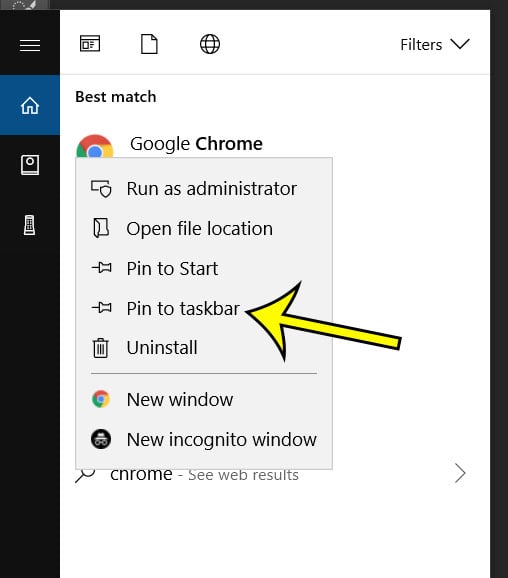

You can log all Pepper calls your module makes by passing the following flags to Chrome on startup: -vmodule=ppb*=4 -enable-logging=stderr You must also be careful that each variable points to a different file. Note: If you set the NACL_EXE_STDOUT, NACL_EXE_STDERR, or NACLLOG variables to redirect output to a file, you must run Chrome with the -no-sandbox flag. This variable is set to stderr by default you can redirect these messages to an output file by setting the variable as follows: There is another variable, NACLLOG, that you can use to redirect Native Client’s internally-generated messages. You can redirect stdout and stderr to output files by setting these environment variables: One simple way to do this is to pass a new directory to chrome as your user data directory ( chrome -user-data-dir=).

If you launch Chrome this way, be sure it doesn’t attach to an existing instance. (See the next section.) On Mac and Linux, launching Chrome from a terminal makes stderr and stdout appear in that terminal. Your C/C++ code can perform inline printf debugging to stdout and stderr by calling fprintf() directly, or by using cover functions like these: #include īy default stdout and stderr will appear in Chrome’s stdout and stderr stream but they can also be redirected to log files. When the JavaScript code receives a message, its message event handler can call console.log() to write the message to the JavaScript console in Chrome’s Developer Tools. You can send messages from your C/C++ code to JavaScript using the PostMessage() call in the Pepper messaging system. NACL_SRPC_DEBUG= (use a higher number for more verbose debug output)īasic debugging Writing messages to the JavaScript console.You can increase the amount of Native Client’s diagnostic output by setting the following environment variables: Native Client prints warning and error messages to stdout and stderr. Controlling the level of Native Client error and warning messages Note that the computation of render frames can be performed in any process, but the rendering itself is always done in the top level application process, so look for the rendering rate there. You can also see the rendering rate displayed as frames per second (FPS). Each process has its own memory footprint. A Native Client process appears with a Chrome extension icon (a jigsaw puzzle piece ) and begins with the text “Native Client module:” followed by the URL of its manifest file.įrom the Task Manager you can view the changing memory allocations of all the processes associated with a Native Client application. The top-level process appears with the application’s icon and begins with the text “Tab:”. If they are not, right click in the header row and select the memory items from the popup menu that appears.Ī browser window running a Native Client application has at least two processes associated with it: a process for the app’s top level (the render process managing the page including its HTML and JavaScript) and one or more processes for each instance of a Native Client module embedded in the page (each process running native code from one nexe or pexe file). When the Task Manager window appears, verify that the columns displaying memory information are visible.Open the Task Manager by clicking the menu icon and choosing Tools > Task manager.You can use Chrome’s Task Manager to display information about a Native Client application: Debugging PNaCl pexes (with older Pepper toolchains)ĭiagnostic information Viewing process statistics with the task manager.Debugging PNaCl pexes (Pepper 35 or later).Writing messages to the JavaScript console.


 0 kommentar(er)
0 kommentar(er)
